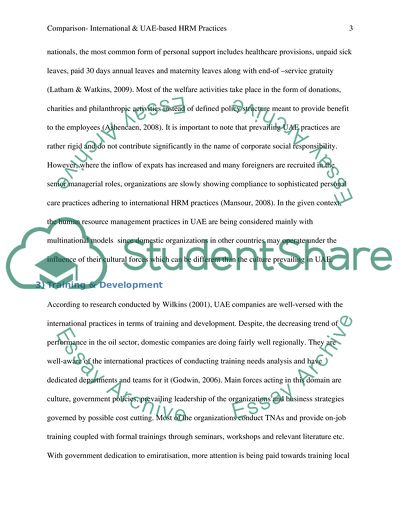Cite this document
(International & UAE-based HRM Practices Assignment, n.d.)
International & UAE-based HRM Practices Assignment. Retrieved from https://studentshare.org/human-resources/1787134-human-resources
International & UAE-based HRM Practices Assignment. Retrieved from https://studentshare.org/human-resources/1787134-human-resources
(International & UAE-Based HRM Practices Assignment)
International & UAE-Based HRM Practices Assignment. https://studentshare.org/human-resources/1787134-human-resources.
International & UAE-Based HRM Practices Assignment. https://studentshare.org/human-resources/1787134-human-resources.
“International & UAE-Based HRM Practices Assignment”, n.d. https://studentshare.org/human-resources/1787134-human-resources.


